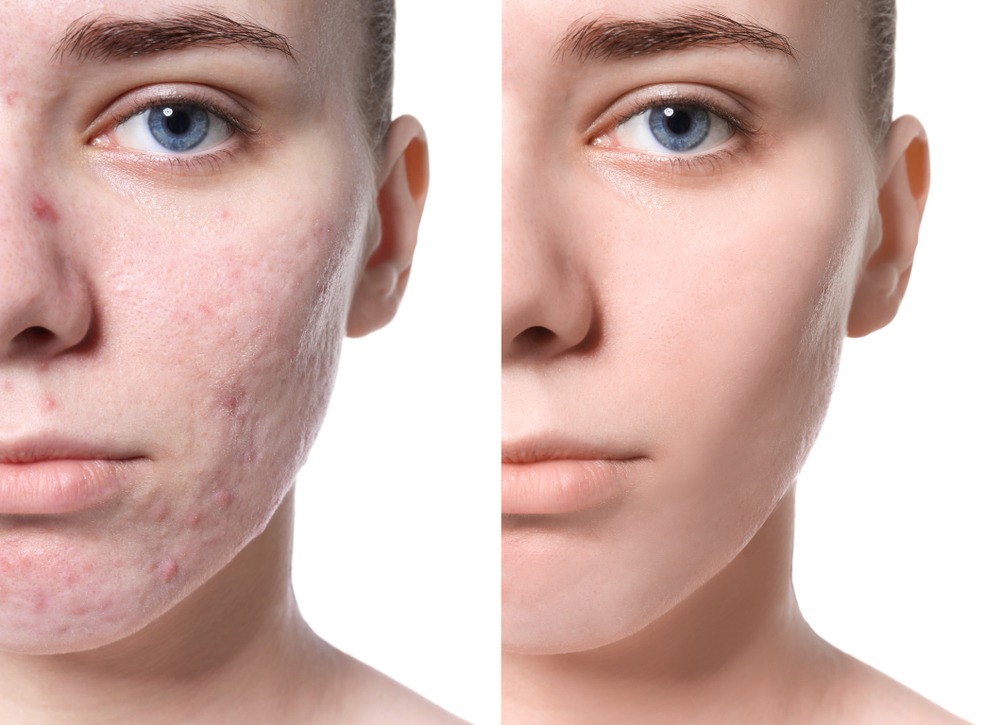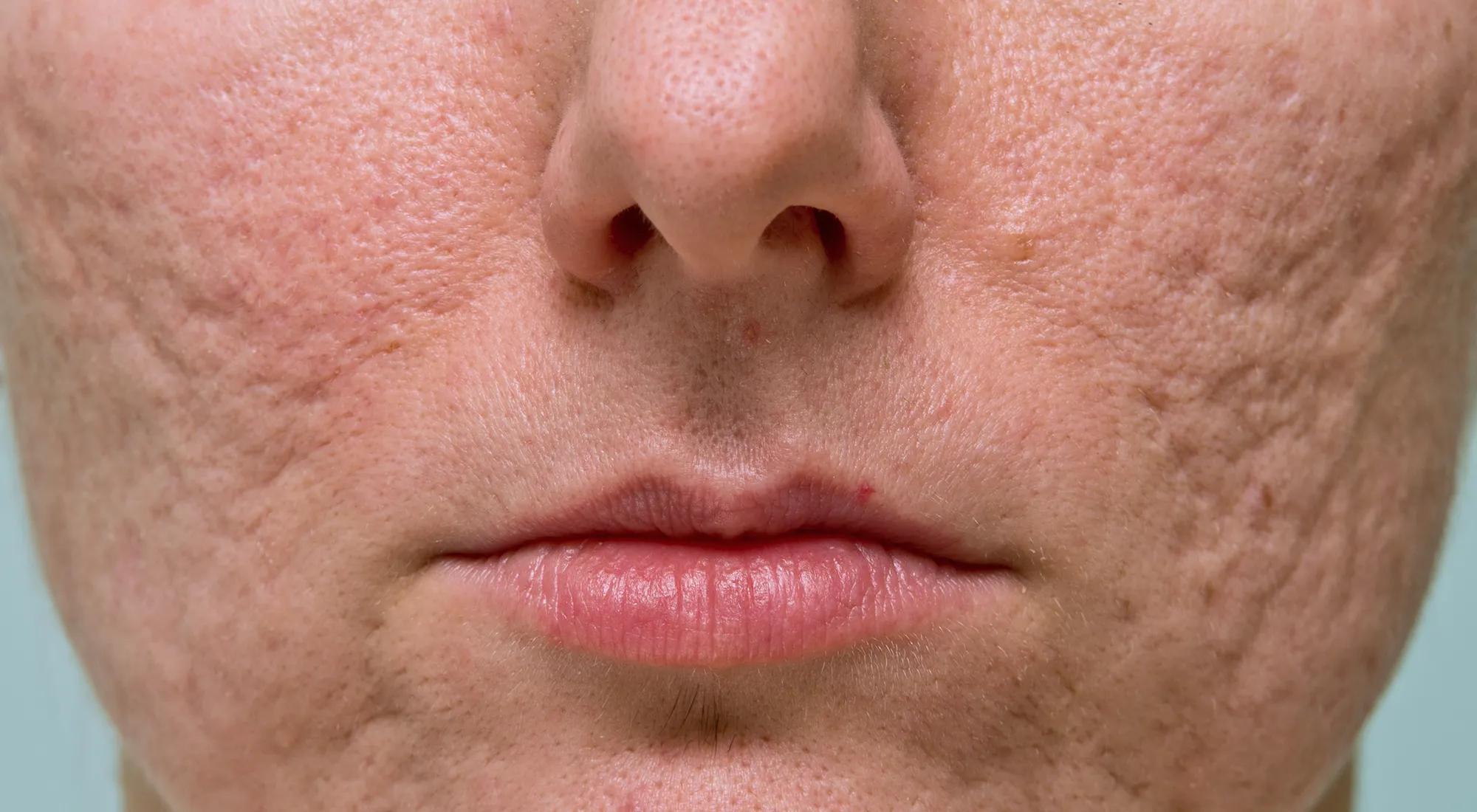Ingenious Acne and Acne Scars Treatment: Solutions for every single Skin Type
Ingenious Acne and Acne Scars Treatment: Solutions for every single Skin Type
Blog Article
Comprehending the Different Skin Problems and Efficient Therapy Options for Acne Scars
Acne marks stand for an intricate interaction of skin disease that substantially influence people' self-confidence and total skin wellness. Recognizing the distinctive types of acne marks-- atrophic and hypertrophic-- along with their underlying causes, is pivotal for identifying reliable therapy strategies. Various healing alternatives exist, ranging from innovative skin-related treatments to all-natural treatments. Nevertheless, the efficacy of these treatments often rests on personalized assessments by qualified specialists. As we explore the landscape of acne scar administration, it comes to be apparent that the journey towards clearer skin may include greater than just topical services.
Kinds of Acne Marks
Acne scars can show up in different types, each calling for details therapy methods. Both key categories of acne marks are atrophic and hypertrophic marks. Atrophic marks are defined by a loss of cells, causing depressed areas on the skin. These scars are further identified right into 3 subtypes: ice pick scars, which are deep and narrow; boxcar marks, which are broader and have distinct sides; and rolling marks, which develop a wave-like look due to uneven skin texture.
In contrast, hypertrophic scars arise from an overproduction of collagen during the healing procedure, bring about raised locations on the skin. These marks are typically firm and can vary in shade, sometimes appearing red or darker than the surrounding skin.

Reasons For Acne Scarring
Scarring occurs as an outcome of the body's all-natural recovery feedback to swelling and injury triggered by acne lesions. When acne kinds, it activates an inflammatory response, leading to the release of various cytokines and growth elements that advertise healing. This procedure can in some cases lead to too much tissue development or insufficient fixing, resulting in marks.
The main reasons for acne scarring include the extent of the acne itself, duration of the sores, and individual skin kinds. Serious inflammatory acne, such as cysts and blemishes, is more probable to result in scarring due to much deeper tissue damage. In addition, inappropriate handling of acne lesions, such as choosing or squeezing, can exacerbate cells injury and swelling, raising the possibility of scarring.
Hereditary predisposition likewise plays a significant role; people with a family background of scarring go to a greater danger. In addition, skin type and shade can influence mark formation, as darker complexion may experience post-inflammatory hyperpigmentation, while lighter skin might create atrophic marks.

Therapy Options for Scarring
Effective therapy options for acne scarring differ depending on the kind and seriousness of the marks. Typically classified right into atrophic, hypertrophic, and keloid marks, these conditions call for tailored methods for optimal outcomes.
For atrophic marks, which are defined by a loss of tissue, treatments such as chemical peels, microdermabrasion, and laser therapy are generally used. These techniques advertise skin revival and stimulate collagen manufacturing, therefore improving skin appearance. Subcision, a minimally intrusive treatment, can also be reliable by breaking up fibrous bands underneath the skin.
Hypertrophic and keloid marks can be a lot more challenging to deal with. Options include corticosteroid shots to lower inflammation and squash the scars. acne scars treatment. In some cases, cryotherapy or laser therapy may be advised to minimize their look
Surgical choices are readily available for severe scarring, where excision or skin grafting may be required. It's important for individuals to speak with a skin doctor to analyze their specific scar type and review the most ideal therapy strategy. Combining multiple therapies often produces the best end results, making sure that each person's one-of-a-kind skin problem is dealt with effectively.
Natural Remedy and All-natural Solutions
All-natural services and natural home remedy can offer an easily accessible strategy for individuals seeking to improve the appearance of acne marks. Various components found in the home kitchen have actually shown possible benefits in enhancing skin texture and advertising recovery.
Using fresh aloe vera gel directly onto the scars can aid improve skin hydration and reduce inflammation. Honey has here are the findings natural antibacterial and moisturizing top qualities that can assist in scar healing.
Another effective choice is lemon juice, which functions as an all-natural exfoliant and can lighten hyperpigmentation. It needs to be made use of meticulously, as it might trigger photosensitivity. Oatmeal masks are also useful; their mild peeling can aid remove dead skin cells while soothing irritability.
Essential oils, such as tea tree oil and lavender oil, can additionally support scar recovery because of their antimicrobial buildings. It is critical to carry out a patch examination before using any solution to guarantee there are no negative reactions. These all-natural options can be a corresponding approach in the trip to decrease browse around this web-site acne scars.
Preventing Future Scarring
Taking on a positive approach to skincare can considerably lower the risk of developing future acne scars. Normal cleaning, peeling, and hydration can help maintain skin health and protect against stopped up pores.
Furthermore, preventing the lure to press or pick acne sores is critical, as this can result in inflammation and subsequent scarring. Rather, people must concentrate on using topical therapies that promote healing and decrease swelling. Active ingredients such as salicylic acid, benzoyl peroxide, and retinoids are known for their effectiveness in handling acne and decreasing marks.

Last but not least, keeping a healthy diet plan abundant in antioxidants and staying hydrated supports skin regrowth. By implementing these preventive actions, individuals can significantly decrease their threat of future scarring and advertise overall skin health and wellness.
Verdict
In final thought, a comprehensive understanding of acne scars, encompassing both atrophic and hypertrophic types, is vital for effective treatment approaches. Examination with a skin doctor remains important to develop personalized techniques that consider individual skin kinds and scar intensity, eventually enhancing the efficiency of mark management strategies.
Acne marks represent an intricate interplay of skin conditions that considerably effect people' self-worth and general skin health and wellness. The 2 main classifications of acne scars are special info hypertrophic and atrophic marks. These marks are more categorized into 3 subtypes: ice pick marks, which are deep and slim; boxcar marks, which are bigger and have well-defined edges; and rolling marks, which create a wave-like look due to unequal skin appearance.
An extensive consultation with a skin doctor can aid establish the most appropriate intervention, taking right into account the person's skin type, mark seriousness, and general skin wellness.
Examination with a dermatologist remains imperative to devise individualized techniques that think about specific skin kinds and mark intensity, eventually enhancing the efficiency of scar monitoring methods.
Report this page